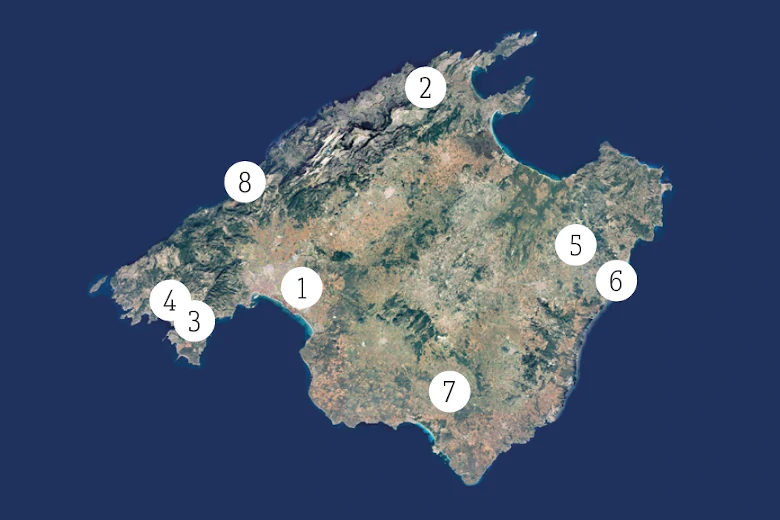
Map of flood-prone areas in Mallorca. Source: Ministry for Ecological Transition.
In red: High probability (T=10 years). In orange: Low probability (T=50 years).
- 1: PALMA/MARRATXí.
- 2: POLLENÇA.
- 3: SANTA PONÇA.
- 4: PEGUERA.
- 5: SANT LLORENÇ.
- 6: S’ILLOT.
- 7: CAMPOS.
- 8: SÓLLER.
“I WAS SCARED”
Concern among residents of Pont d’Inca about living in an area with a high probability of flooding
The recent tragedy in Valencia, which brought devastating floods, has put the risk of living in flood zones into the public spotlight. In Mallorca, these areas are a growing concern. According to Joan Estrany, director of the Observatory of Natural Risks of the Balearic Islands, between Palma and Marratxí – separated by the Torrent Gros – more than 123,000 residents live in areas with a high susceptibility to flooding. If we add the people who pass through these areas daily, the number exceeds 250,000.
Marta Cid, one of these residents, admits that the torrential rain warnings in Mallorca after what happened in Valencia filled her with unease. “I was scared. When it started to rain, I wondered if the torrent was going to overflow, if we were in danger,” she confesses. Cid points out that before the DANA event, she was unaware that she and her family lived in a flood zone. “Living near a torrent, we knew about the danger of overflowing, but we didn’t know it was a high-risk area. Now I’m very aware,” she stresses. So she took precautions: “My parents live on the ground floor, and when there were warnings of heavy rain, I made sure to bring the dog inside because I was afraid the garden would flood.”
Mireia Costa, another resident of Pont d’Inca, lives flanked by two torrents. “After the disaster in Valencia, we checked if we were on the danger maps, and there we were. It really worried me, to be honest. Before, we didn’t realize that having two torrents less than 100 meters away meant we lived in a flood-prone area,” she explains. This new information made her look at the warnings with new eyes. “We were more cautious, like not taking the car or leaving the house. And we made sure that the manhole covers were clear because ten years ago, our garage flooded because one was clogged,” she recalls.
RiscBal app
The Balearic Natural Risks Observatory has created an app, RiscBal, which “is part of what is called an early warning system for natural risks. It generates warnings for the population two hours in advance if there is a rise in the torrents we monitor,” explains Estrany. “This allows emergency authorities to make decisions in real time and, for those with the app, to take protective measures,” he adds. In the medium to long term, RiscBal will also include forecasts 36 to 48 hours in advance. Marta Cid and Mireia Costa have already downloaded the app.
More information on the RiscBal website.

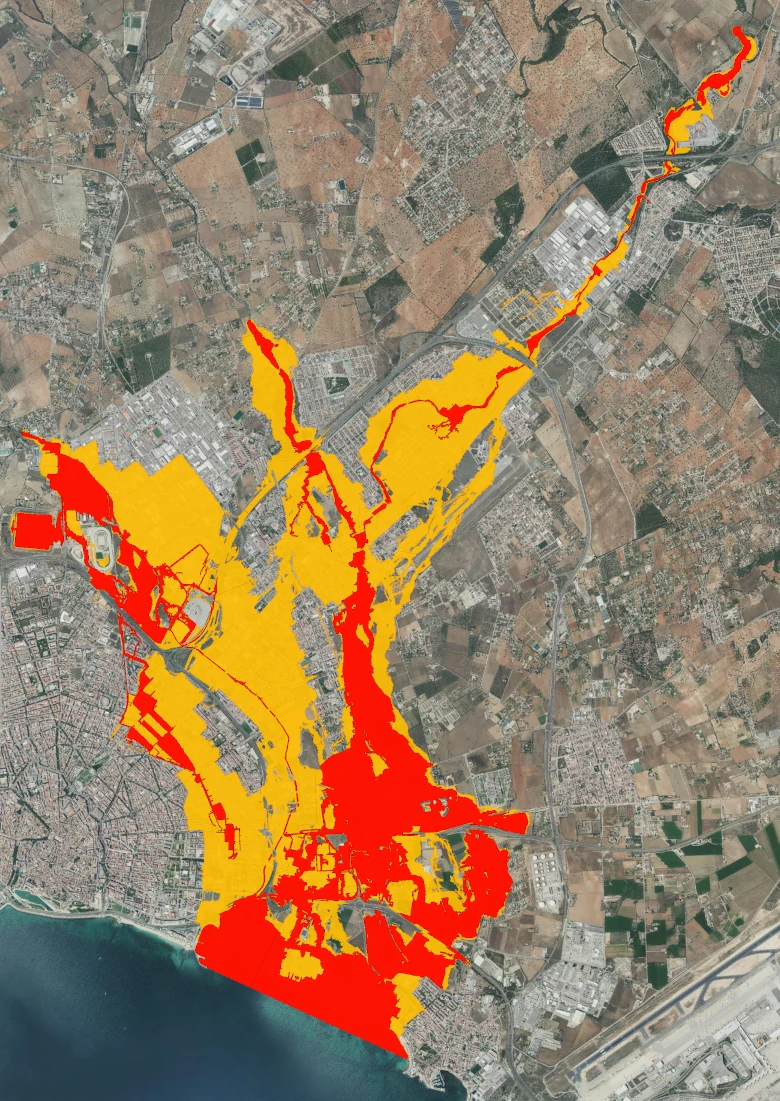
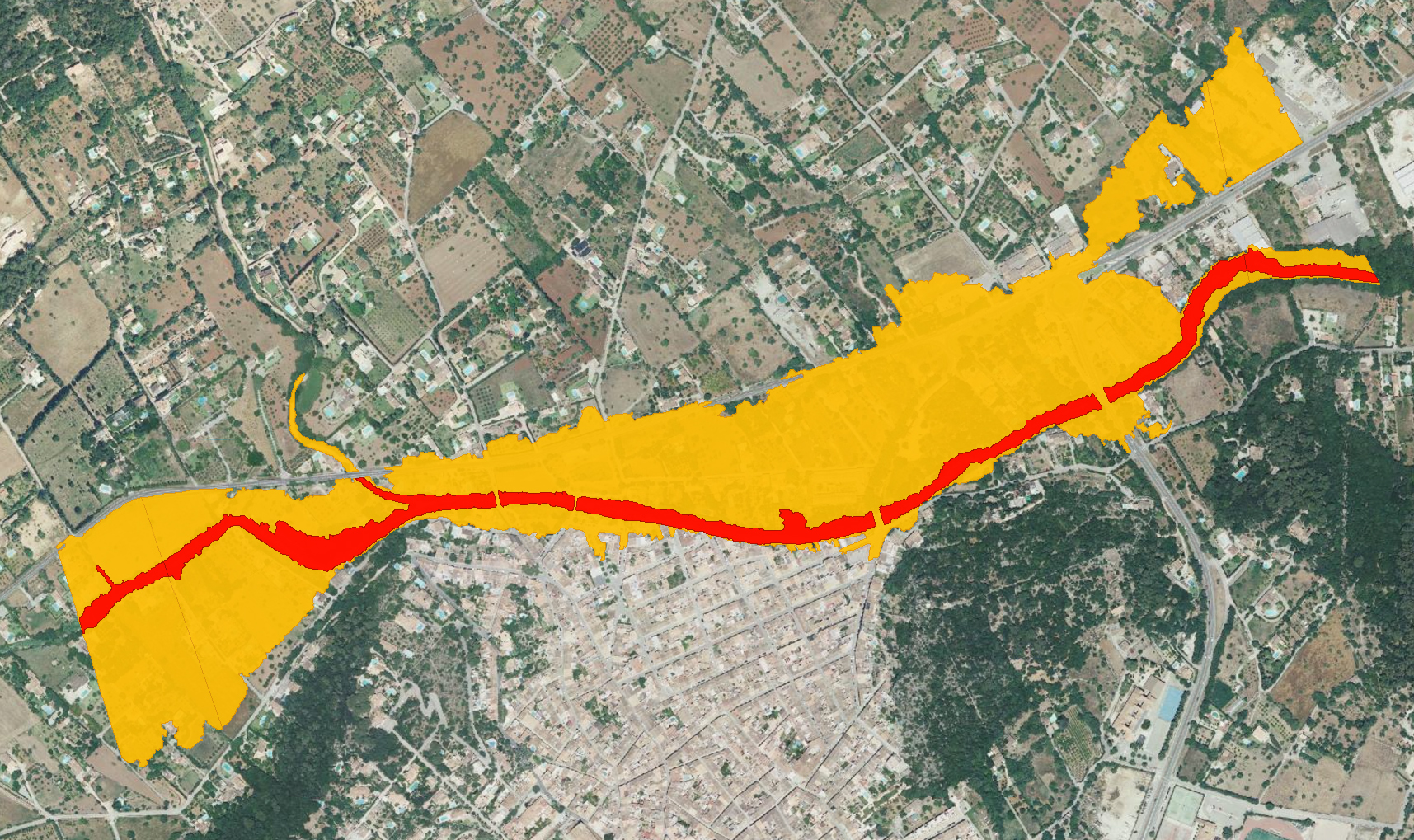
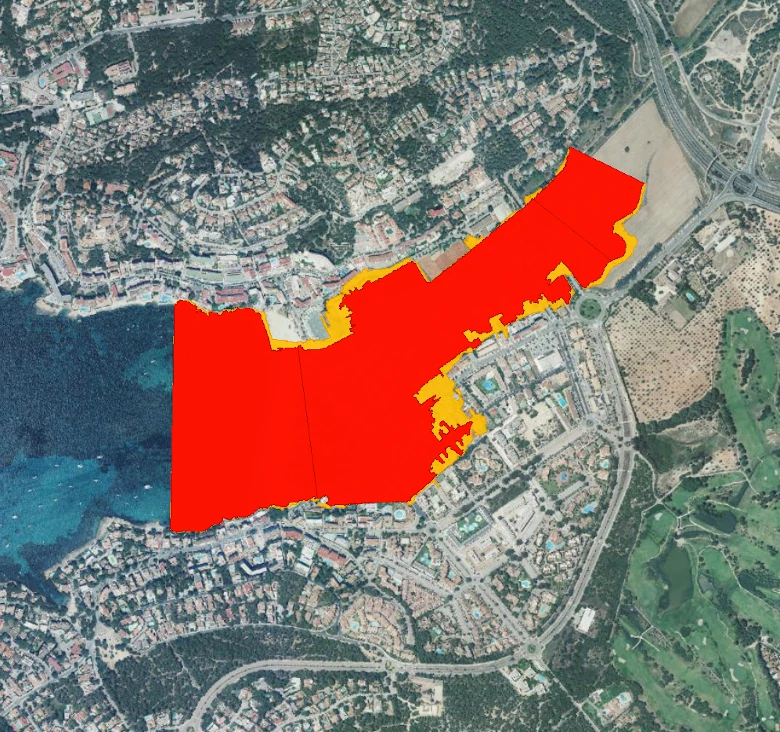
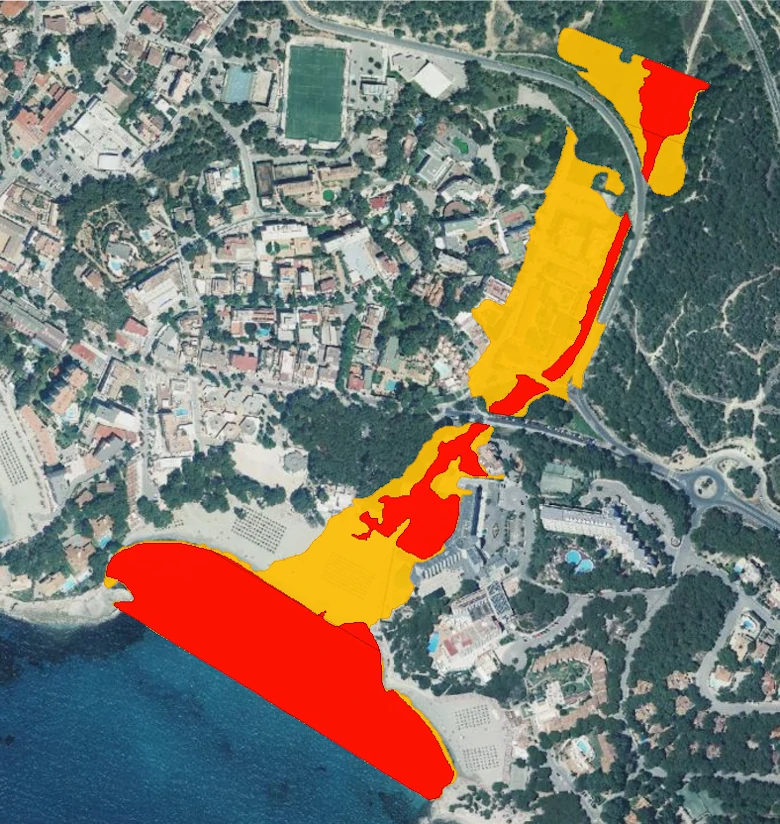
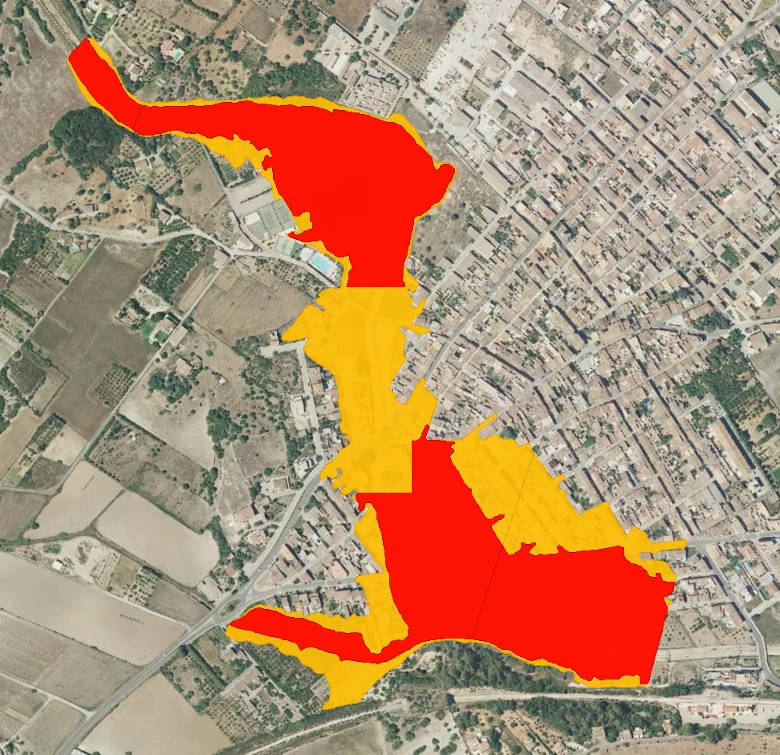
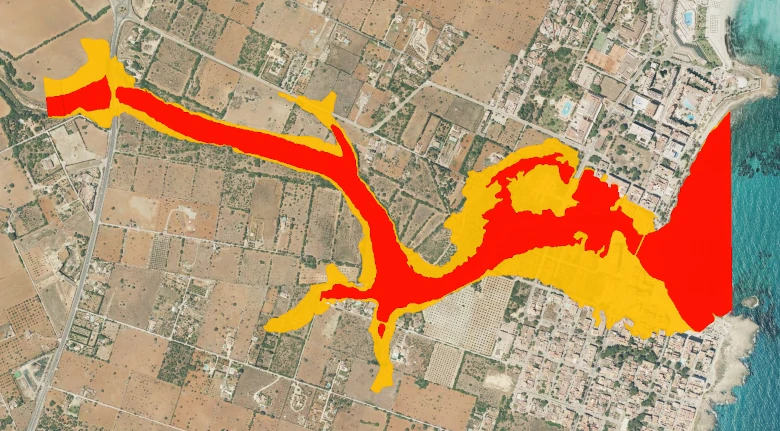
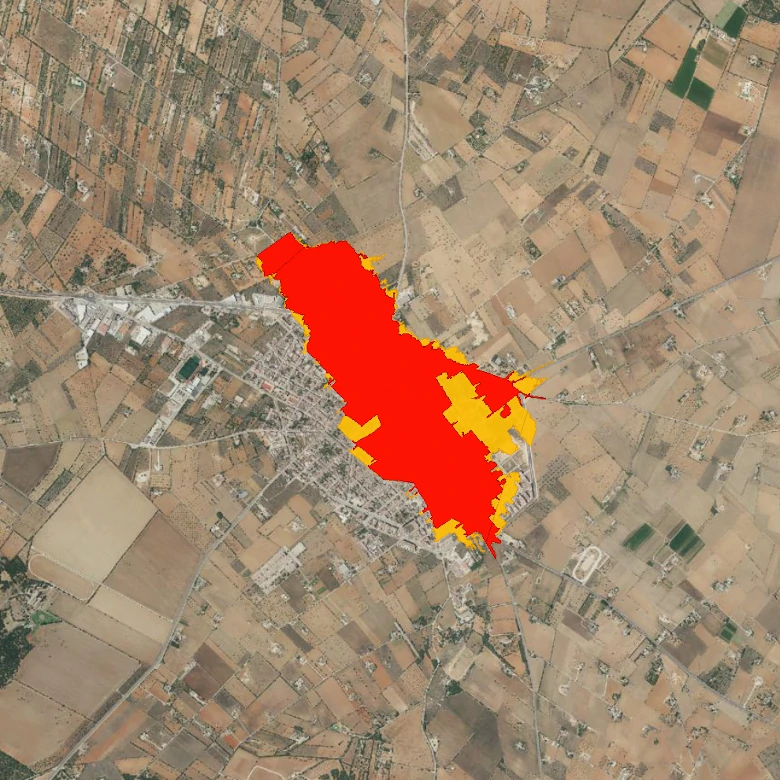
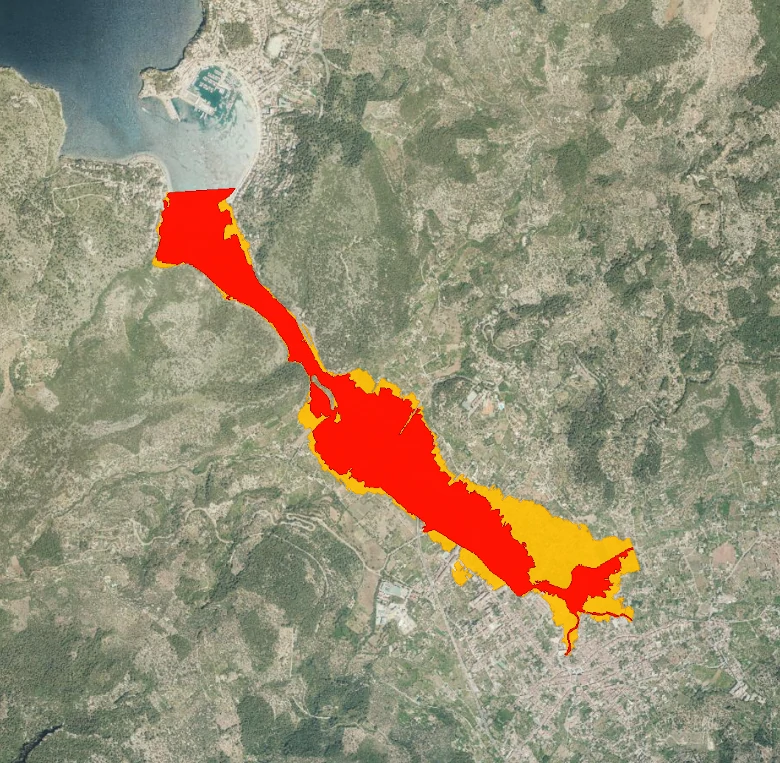

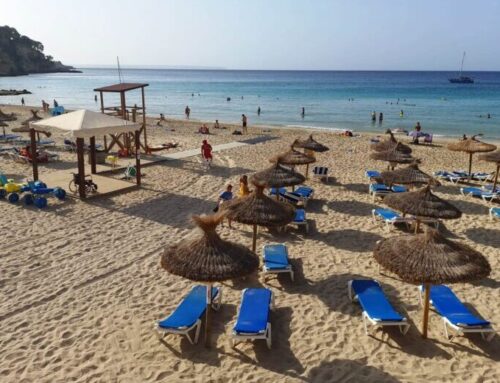
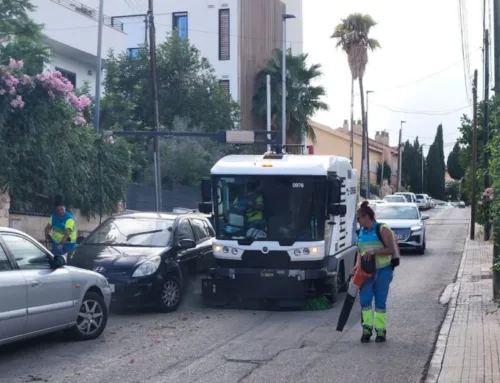

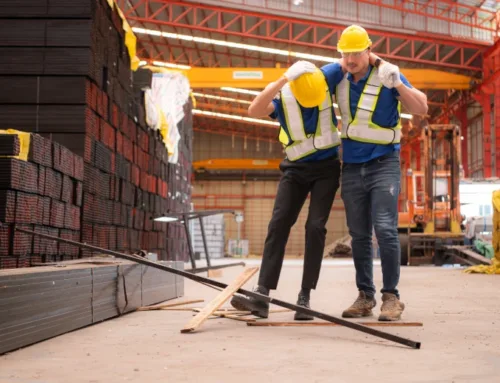
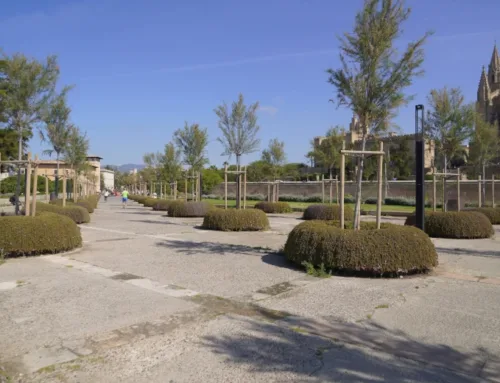

Leave A Comment